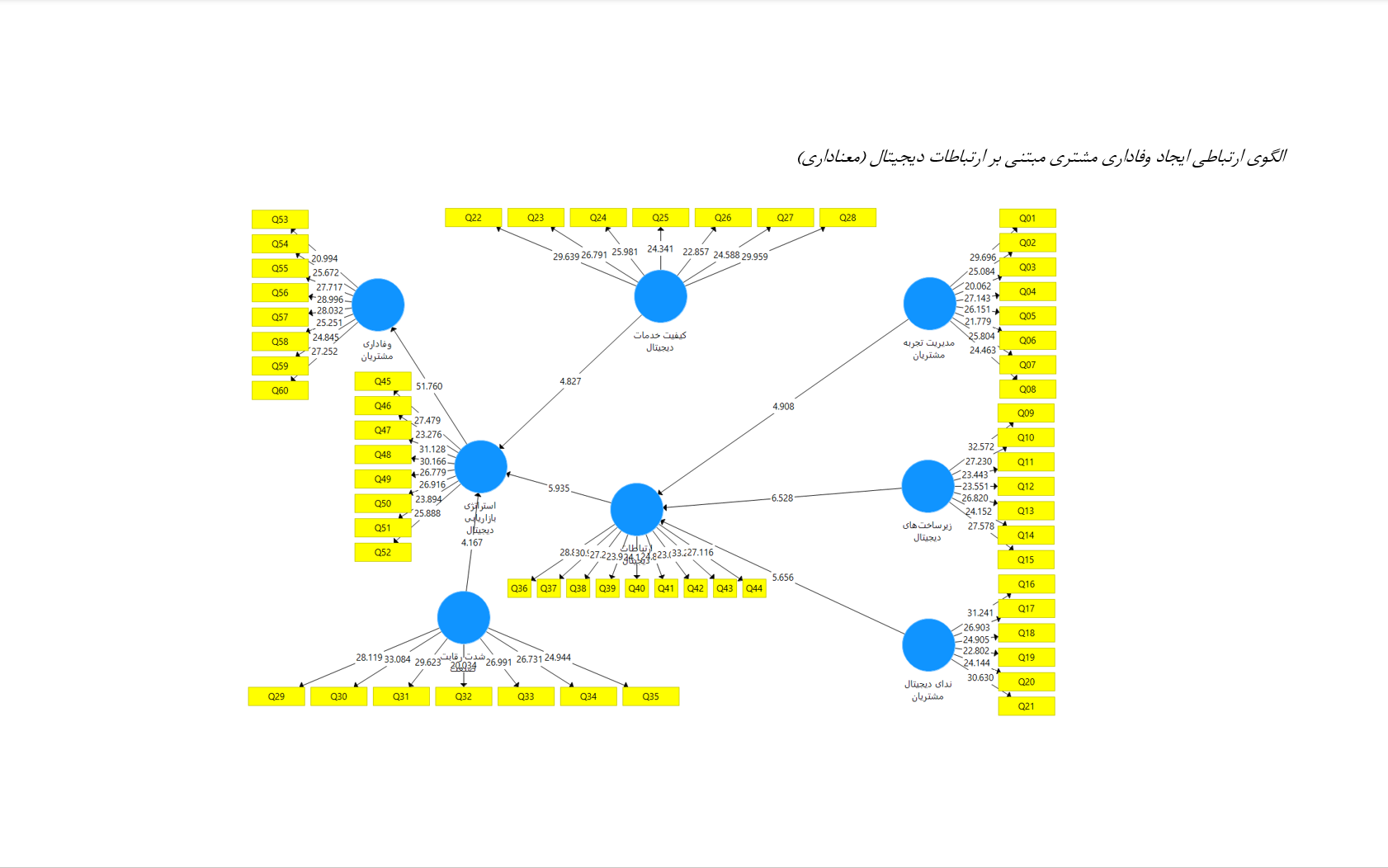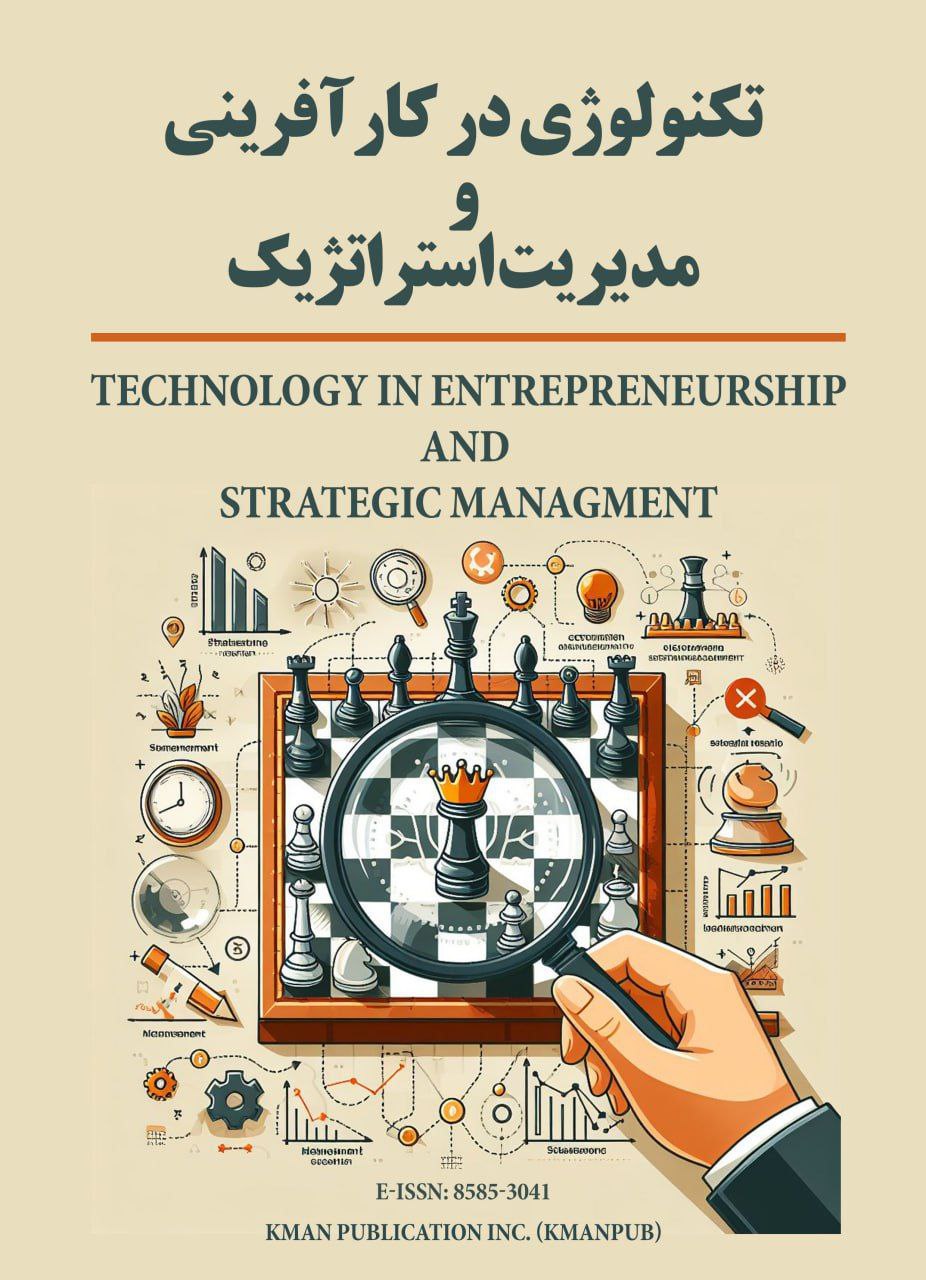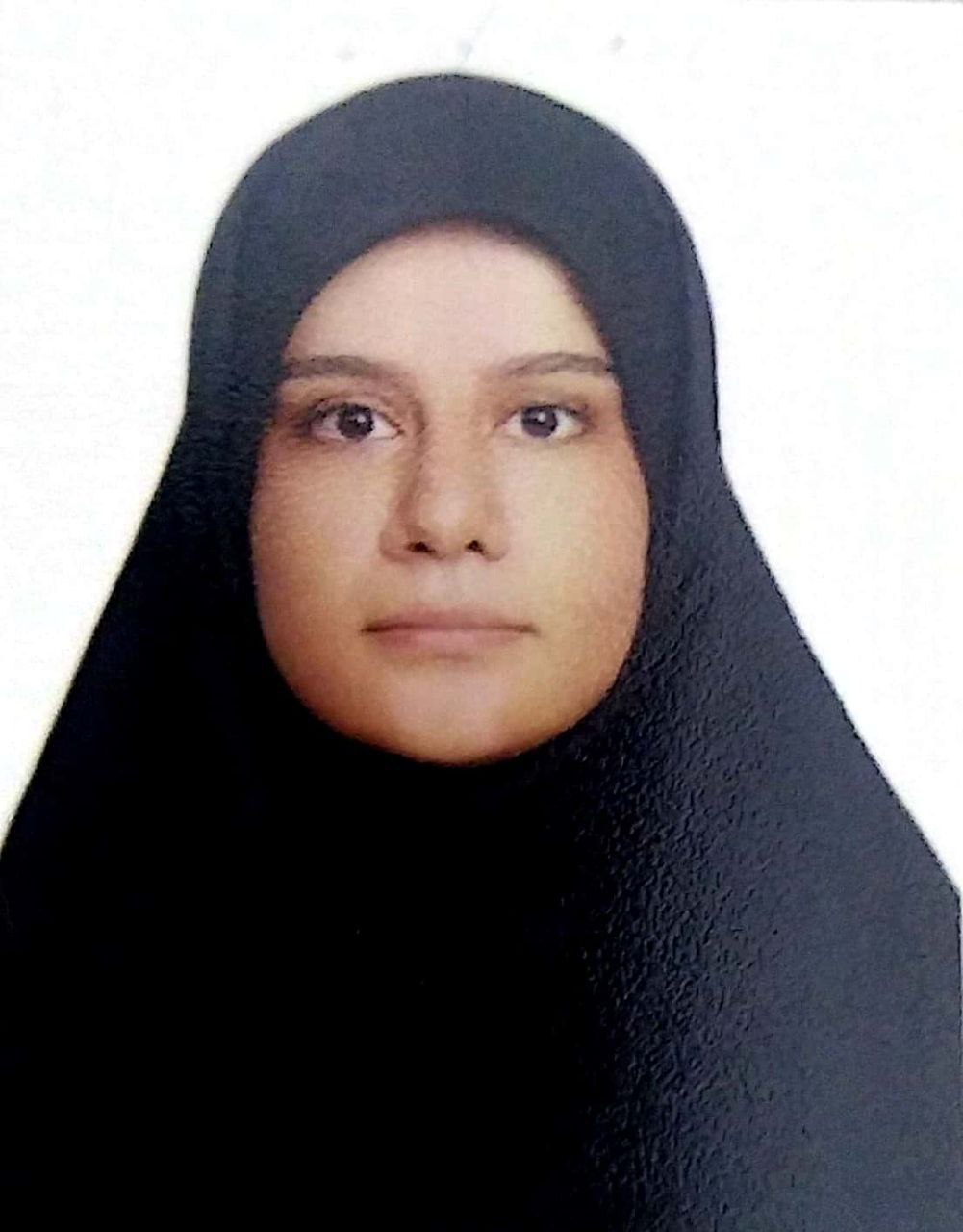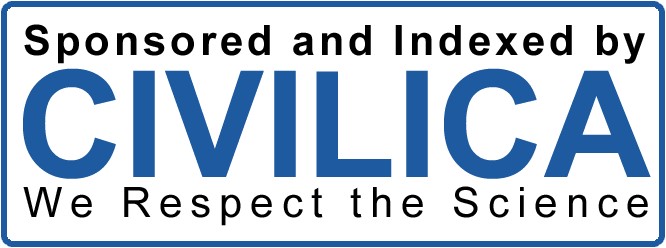Designing a Communication Model Based on Digital Communications to Foster Customer Loyalty
Keywords:
communication model, digital communications, customer loyalty, digital marketing, digital loyaltyAbstract
The objective of this applied-developmental research was to design a communication model to foster customer loyalty based on digital communications. From the perspective of data collection methods, this study is categorized as a survey, employing an exploratory mixed-methods research approach (qualitative-quantitative). The data collection tools included semi-structured interviews in the qualitative phase and a researcher-made questionnaire in the quantitative phase. The qualitative population consisted of loyal customers of Parsian Electronic Commerce Company (organizations), and theoretical and purposive sampling methods were used until data saturation, which was achieved after 18 semi-structured interviews. The quantitative population included all employees of these organizations. The sample size was estimated using Cochran's formula, and ultimately, 393 individuals participated in the study through stratified random sampling. Grounded theory was used to analyze the specialized interviews in the qualitative section, and partial least squares (PLS) method was employed to validate the final model in the quantitative section. After open and axial coding, 6 selective codes, 8 axial codes, and 60 open codes were extracted. The results indicated that customer experience management, digital customer voice, and digital infrastructure are causal factors influencing digital communications, which in turn affects digital marketing strategy. The quality of digital services provides the context, and the intensity of industry competition is an intervening factor that impacts digital marketing strategy. Ultimately, the digital marketing strategy leads to customer loyalty.
Downloads






















